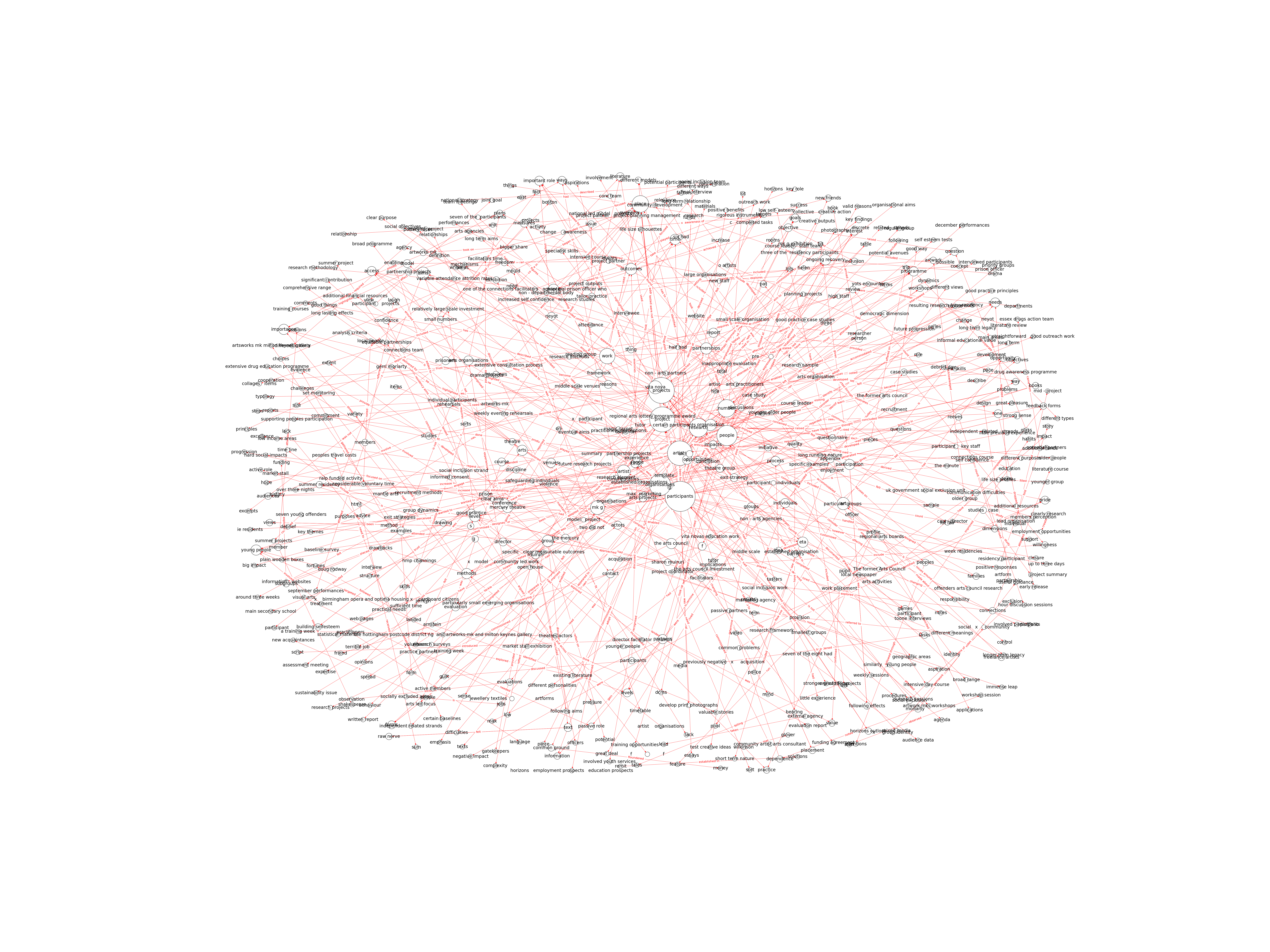| Id | 138 | |
| Author | Jermyn, H., | |
| Title | The art of inclusion | |
| Reference | Jermyn, H. (2004).The art of inclusion. London: Arts Council England. |
|
| Keywords | Social inclusion; Partnership; Sustainability; Success indicators |
|
| Link to article | http://webarchive.nationalarchives.gov.uk/20160204123854/http://www.artscouncil.org.uk/advice-and-guidance/browse-advice-and-guidance/the-art-of-inclusion |
|
| Abstract | The former Arts Council of England and Regional Arts Boards commissioned research to explore social inclusion work in the arts. The overall objectives of the research were to:
• gather evidence that could be used to inform policy and advocacy initiatives
• develop and test appropriate methodologies for evaluating arts initiatives with aims related to social inclusion
• evaluate three different models of initiating and delivering projects
• identify the characteristics of successful initiatives and approaches that did not work and the reasons for this
• develop measures of success that could be used to evaluate a broad range of initiatives
The research comprised two independent, but related, strands of work:
• a self-evaluation strand, conducted by arts consultant Gerri Moriarty, involved working with arts organisations to help them evaluate their own practice and producing an evaluation guide for arts organisations undertaking work in the area of social exclusion. The resulting report, Sharing Practice, was published in 2002
• an external evaluation strand, conducted by independent researcher Helen Jermyn, explored practice and outcomes. This report presents the key findings from this second research strand |
|
| Metodology | A variety of research methods were used. They included: • desk-based analysis of relevant documents and materials about the organisations, the projects, participant groups and partner agencies • an initial meeting with each project to document the background to the organisation and the project • attendance at key stages of projects’ development (eg performances, exhibitions, evaluation or feedback meetings etc) • interviews with artists, project staff and key stakeholders • interviews with project participants • observation of workshops, rehearsals etc • use of data collected by organisations as part of their own evaluation |
Technique | Interview; Observation; Document analysis; Literature review |

Note: Due to lack of computing power, results have been previously created and saved in database


